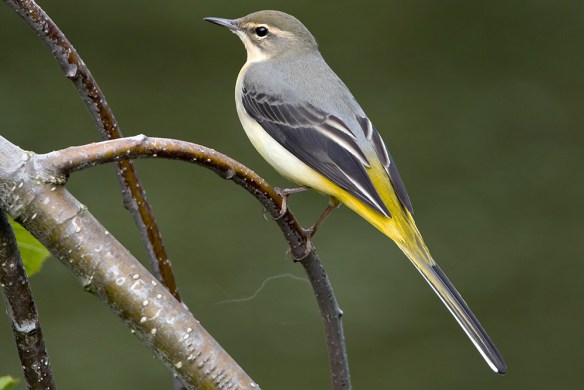By Liz Corry
New year new start. At least for Vicq our breeding female who was ditched by her partner for the ‘other woman’. We have seen Vicq allopreening Pinel a wild-hatched male from 2020. This could mean a new pairing for the 2022 breeding season. She has lost the nest site in the quarry, and we are not clear on where she roosts. In 2019, her first nest attempt was out on the cliffs at Sorel. She might try again if she can hold on to Pinel.
Another new pairing is emerging between two wild-hatched birds Danny and Jaune. The female will be coming into breeding age and looking for a suitable site to lay. We will be eagerly following the progress of this pair.
We have only received a few public sightings this month, all from known foraging sites. Maybe the flock are thinking it’s time to knuckle down and work on getting through winter. There is not much point in them investigating new sites at the moment considering how waterlogged it has been.
Aviary maintenance
With the assistance of Neil, Government Countryside Ranger, we transported the Henchmen ladder to Sorel to repair the netting. The work took a couple of days to due to a lot of faffing around adjusting all four legs each time the ladder was repositioned. The joys of working at height on uneven surfaces. We also had to deal with the interchangeable weather. From sun, to fog, to rain, and back to sun.
We started replacing the rotten steps to reach the hatches. Next month’s job looks set to be replacing the hatches themselves as the wood is giving way. One has already had a quick patch-up job as we have been trying to shut in a couple of birds to replace leg rings.
The first attempt failed when the hatch broke and scared off the flock. The second attempt the following week failed because we had lost their trust…and it started raining.
Nest monitoring
We still need to replace a couple of nest boxes in the quarry. Ronez have been experiencing technical difficulties and staff levels impacted by contact tracing. It has somewhat worked in our favour, as two data loggers arrived in the post this month for monitoring temperature and humidity levels in nest boxes.
The Blue Maestro Tempo disc stores data and sends it via Bluetooth to a smartphone app. Battery life should last the duration of the nesting season. We can fit them in the boxes now before installing the boxes. There are no glowing lights to distract the birds so hopefully they will not interfere.
‘Extra-curricular’ activity
I decided January wasn’t challenging enough so ramped things up by attending a Data Analysis with R course and threw in a BIAZA-IUCN workshop on native species conservation to the same week.
I’d like to take this opportunity to apologise to anyone who tried to have a conversation or ask me a question that week. Head to any R forum chat site to appreciate why I had the appearance of a recently lobotomized patient each time I emerged from the office.
That being said, I highly recommend the online course run by Eco-Explore.co.uk for anyone who needs to use R. They make it less painful than it sounds.
The overall aim of the BIAZA-IUCN workshop overall aim was to help inform a new framework for a more collaborative and holistic approach to UK native species conservation, linking stakeholders and identifying priority gaps.
There is already a lot of work going by zoos and aquaria in the UK to support native species. Just take a look at the incredible pine hoverfly breeding and restoration work by the RZSS. And of course, our very own chough and agile frog work featured in the Top 10 BIAZA list.
We could achieve a lot more, with greater success, if we work together as institutions and more closely with stakeholders.
A way of assisting this is to document what you have done, both the successes and the lessons learnt. We recently published online at PANORAMA, a partnership initiative to document and promote examples of inspiring, replicable solutions across a range of conservation and sustainable development topics, enabling cross-sectoral learning and inspiration (I copied that bit). It is led by IUCN and a German organisation called GIZ. Other partners include Rare, UN Environment Programme (UNEP) and the World Bank.
Click here to read the case study for Jersey’s choughs.










































